Surgical Precision: The Role of Doctors Knives in Medicine
Doctors knives play a crucial role in precision surgical procedures, ensuring accurate incisions and improved patient outcomes. In medicine, these knives are indispensable tools for surgeons, enabling them to perform intricate procedures with skill and precision.
Doctors rely on knives for a variety of medical interventions, such as biopsies, organ transplants, and minimally invasive surgeries. The design and quality of the knife are essential factors, as they influence the success of the procedure. Surgical knives are carefully crafted to be sharp, durable, and easy to handle, allowing surgeons to make precise incisions with minimal tissue trauma.
Additionally, the shape and size of the knife vary depending on the procedure, ensuring the surgeon has a suitable tool for each unique situation. With advancements in technology, doctors knives continue to evolve, further enhancing their role in modern medicine. The significance of these tools cannot be overstated, as they facilitate precise surgical interventions that contribute to better patient outcomes.
The Evolution Of Surgical Knives
Discover the fascinating evolution of surgical knives and their crucial role in achieving precision in medical procedures. From ancient tools to modern advancements, doctors rely on these instruments for precise incisions and improved patient outcomes. Explore the history and innovation behind these essential surgical tools.
Historical Context
In the fascinating world of medicine, the role of surgical knives holds a significant place. These precision instruments have evolved over centuries, adapting to the needs of doctors and revolutionizing surgical procedures. Let’s take a journey through history to understand the development of surgical knives and their impact on medicine.
Early Surgical Tools
In ancient times, before the emergence of advanced surgical techniques and instruments, doctors relied on a variety of simple tools to perform medical procedures. These early surgical tools included:
- Flint blades: Early surgeons used flint blades, which were sharp but prone to breakage. These primitive tools were used for incisions and wound treatment, albeit with limited precision.
- Bronze scalpels: As civilizations progressed, bronze scalpels became more widely used. These instruments allowed for slightly more precise incisions, although they still lacked the refined cutting edge of today’s surgical knives.
- Obsidian knives: In certain cultures, obsidian knives were crafted for surgical purposes. These volcanic glass blades possessed sharp edges and were utilized due to their excellent cutting abilities.
Emergence Of Knives In Surgery
With advancements in metallurgy, the emergence of steel revolutionized the field of surgery. This shift led to the development of surgical knives as we know them today. Here are some key points about the emergence of knives in surgery:
- Steel revolution: The introduction of steel in surgical instruments provided surgeons with sharper, more durable knives. This allowed for more precise and controlled incisions, leading to improved surgical outcomes.
- Scalpel design: Over time, surgical knives underwent design changes to enhance their functionality. Various blade shapes, such as the straight blade and the curved blade, were developed to cater to different surgical requirements.
- Handle improvements: Alongside blade enhancements, the design of knife handles also evolved. Ergonomic handles were introduced, offering surgeons better grip and control during delicate procedures.
- Sterilization practices: The understanding of infection control prompted the adoption of sterilization practices for surgical instruments, including knives. Today, surgical knives are manufactured and packaged in sterile conditions, mitigating the risk of contamination during surgeries.
- Specialized knife types: Different surgical specialties require specialized knives. For instance, ophthalmic surgeons use delicate and finely pointed knives for precise eye procedures, while orthopedic surgeons rely on specially designed knives for joint surgeries.
The evolution of surgical knives is an ongoing process driven by innovation, research, and the pursuit of improved patient outcomes. As new technologies emerge, surgeons continue to benefit from sharper, safer, and more efficient surgical knives.
The historical context of surgical knives showcases the remarkable journey from flint blades to the highly refined instruments used in modern medicine. The emergence of knives in surgery paved the way for increased precision and better surgical outcomes. With ongoing advancements, surgical knives are poised to continue playing a vital role in the field of medicine, enhancing the capabilities of skilled surgeons around the world.
The Importance Of Precision In Surgery
Precision in surgery is of utmost importance. Doctors rely on their knives to perform intricate procedures with accuracy, ensuring successful outcomes and patient safety in the field of medicine.
Surgical Precision And Patient Outcomes
A successful surgical procedure requires nothing less than absolute precision. Every incision, every stich, every movement must be calculated and executed with utmost care. The role of doctors’ knives in achieving this level of precision cannot be understated. In this section, we will explore the importance of surgical precision and how sharp knives play a vital role in ensuring optimal patient outcomes.
Role Of Sharp Knives In Ensuring Precision
- Keen cutting-edge: A sharp knife allows surgeons to make clean, precise incisions without unnecessary damage to surrounding tissues.
- Reduced tissue trauma: When a knife is sharp, it requires minimal force to make an incision, resulting in less trauma to tissues. This promotes faster healing and reduces post-operative complications.
- Accurate dissection: Sharp knives allow surgeons to dissect tissue layers with accuracy, avoiding unintended damage to critical structures.
- Better hemostasis: The precise cutting power of sharp knives enables efficient control of bleeding during surgery, minimizing blood loss and improving patient safety.
- Enhanced visualization: A sharp knife creates clean edges, providing surgeons with clear visual cues during surgery. This allows for better decision-making and reduces the risk of errors.
- Improved suturing: A precise incision made with a sharp knife leads to better wound approximation, ensuring strong and secure sutures that promote proper healing.
In the field of surgery, precision is paramount. A surgeon’s ability to achieve surgical precision is directly linked to patient outcomes. By utilizing sharp knives, surgeons can enhance their precision and improve surgical outcomes. The use of these precision instruments not only benefits patients by minimizing tissue trauma and reducing complications but also contributes to faster recovery and better overall health.
So, remember, the next time you see a surgeon with a knife in hand, it is the culmination of years of training and an indispensable tool in the pursuit of surgical precision.
Types Of Surgical Knives
Discover the diverse range of surgical knives used by doctors to achieve precise incisions and enhance patient outcomes in the field of medicine. From scalpel blades to microsurgery instruments, these tools play a vital role in surgical procedures.
Scalpels: The Standard Precision Tool
—
Scalpels are the go-to precision tool for surgeons across the world. They are designed for making precise incisions and ensuring minimal tissue damage. Here are some key points about scalpels and different types of blades used in surgery:
- Scalpels consist of two parts: The handle and the blade. The handle is typically made of stainless steel or plastic, providing a sturdy grip for the surgeon. The blade, on the other hand, is usually detachable, allowing for easy replacement when needed.
- There are two common blade types used in scalpels: The straight blade and the curved blade. The straight blade is perfect for making precise incisions, while the curved blade is ideal for accessing hard-to-reach areas during surgery.
- The most widely used blade in scalpels is the stainless steel blade. It is sharp, sterile, and easy to handle, making it suitable for a wide range of surgeries.
- Carbon steel blades are another option, offering superior sharpness, but they require more careful handling due to their susceptibility to rusting.
- Titanium-coated blades provide a longer-lasting edge and are resistant to corrosion, making them a popular choice for delicate procedures.
- Specialty blade types, such as serrated blades or blades with microscopically sharp serrations, are used to enhance precision and control during specific procedures.
Anatomy Of A Scalpel
—
To better understand the functionality of scalpels, let’s break down its anatomy:
- Blade: This is the sharpest part of the scalpel, responsible for making the incisions. It can be straight or curved, depending on the specific surgical requirements.
- Handle: The handle serves as the grip for the surgeon. It can be made of stainless steel or plastic and is designed for optimal control and comfort during surgery.
- Tip: The tip of the scalpel blade is the foremost part that interacts with the tissues. It needs to be sharp and precise to ensure accurate incisions.
- Cutting Edge: The cutting edge of the blade is responsible for slicing through tissues. It needs to be finely honed to minimize tissue trauma.
- Shank: The shank connects the blade to the handle. It should be strong and rigid to allow for controlled maneuvering during surgery.
Different Blade Types And Their Uses
—
Various blade types are used to cater to different surgical needs, ensuring precise incisions and minimizing tissue damage:
- #11 Blade: This is the most commonly used blade type. Its fine, triangular shape is perfect for making initial incisions, creating shallow dissections, and performing delicate surgeries.
- #15 Blade: The #15 blade has a small, curved shape, making it suitable for making short and precise incisions, particularly in ophthalmic procedures.
- #10 Blade: The #10 blade features a curved shape with a pointed tip, making it ideal for making incisions in tight spaces, such as abscess drains or wound explorations.
- #22 Blade: This blade has a rounded and blunt tip, perfect for creating incisions in delicate tissues, such as the trachea or bronchi during a tracheostomy.
- #20 Blade: The #20 blade is designed specifically for stab incisions, with a short, precise, and non-folding design ideal for laparoscopic procedures.
Specialty Surgical Knives
—
Apart from scalpels, there are various specialty surgical knives used in specific procedures. Here are a few notable examples:
- Retractors: Retractors are used to hold back tissues, providing surgeons with better visibility and access during surgeries. They come in different shapes and sizes, designed for various surgical procedures and anatomical locations.
- Dissectors: Dissectors are blunt-ended surgical knives used for separating tissues or organs during surgeries. They are especially useful for intricate procedures that require careful dissection without damaging surrounding structures.
- Electrocautery Knives: These knives not only cut through tissues but also simultaneously cauterize blood vessels to minimize bleeding. They utilize electrical currents to deliver the cutting and coagulation effect, making them a valuable tool in specific surgeries.
In the world of surgery, the role of knives, particularly scalpels, is of utmost importance. They are the precision tools that surgeons rely on to ensure accurate incisions and minimal tissue trauma. By understanding the different types of surgical knives and their uses, we can appreciate the intricacy and precision involved in the field of surgery.
Advancements In Surgical Knife Technology
The latest advancements in surgical knife technology have revolutionized the role of doctors’ knives in medicine, enabling greater precision and accuracy in surgical procedures. With these innovative tools, doctors can perform complex surgeries with minimal invasiveness, providing better outcomes for patients.
Surgical knives play a critical role in the field of medicine, enabling surgeons to perform intricate procedures with precision and care. Over the years, advancements in surgical knife technology have revolutionized the way surgeries are conducted, leading to improved patient outcomes and faster recovery times.
In this section, we will explore the materials used in modern surgical knives, sharpening techniques and instruments, as well as the emergence of minimally invasive surgical knives.
Materials Used In Modern Surgical Knives
The choice of materials for surgical knives is of utmost importance, as it directly affects their performance and durability. Here are the materials commonly used in modern surgical knives:
- Stainless steel: This alloy provides excellent corrosion resistance and holds a sharp edge, ensuring precise incisions during surgeries.
- High-carbon steel: Known for its exceptional hardness, high-carbon steel enables surgical knives to maintain their sharpness for prolonged periods.
- Ceramic: Lightweight and non-magnetic, ceramic knives offer exceptional sharpness and are resistant to rust and corrosion. They are often used in specialized surgical procedures.
Sharpening Techniques And Instruments
Maintaining sharpness is crucial for surgical knives to perform effectively. Here are some sharpening techniques and instruments employed in the field:
- Honing stones: Surgeons use different grits of honing stones to refine the edge of surgical knives, ensuring optimal sharpness.
- Strops: Leather strops are commonly used to polish and refine the blades, enhancing their cutting ability.
- Sharpening rods: These rods provide a quick and convenient way to touch up the knife’s edge during surgeries, maintaining its sharpness.
Minimally Invasive Surgical Knives
In recent years, minimally invasive surgeries have gained popularity due to their numerous benefits, such as reduced scarring, shorter hospital stays, and faster recovery times. To support these procedures, specialized minimally invasive surgical knives have been developed. Here are some key features of these knives:
- Smaller size: Minimally invasive knives are designed to be smaller, allowing surgeons to make tiny incisions while still maintaining precision.
- Enhanced maneuverability: These knives are often equipped with ergonomic handles and adjustable angles, enabling surgeons to navigate tight spaces with ease.
- Electrocautery capabilities: Some minimally invasive knives incorporate electrocautery technology, allowing surgeons to simultaneously cut and cauterize tissues, reducing bleeding during the procedure.
Advancements in surgical knife technology have revolutionized the field of medicine, empowering surgeons to perform intricate procedures with precision and efficiency. The materials used in modern surgical knives, sharpening techniques, and the emergence of minimally invasive knives have all contributed to improved patient outcomes and a more seamless surgical experience.
With further advancements on the horizon, the future of surgical knives holds even greater possibilities for the field of medicine.
Precision Surgeries And Surgical Knives
Doctors rely on precision surgeries and advanced surgical knives to deliver optimal results in medicine. These specialized tools play a vital role in ensuring accuracy, minimizing tissue damage, and improving patient outcomes. With their sharpness and efficiency, surgical knives enable doctors to navigate intricate anatomy with precision and enhance the overall success of surgical procedures.
Surgical Precision: The Role Of Doctors Knives In Medicine
Imagine a medical procedure executed with surgical precision, where every incision, every movement of the doctor’s hand, is guided by years of training and expertise. It’s a true testament to the remarkable tools used in the field of medicine, particularly surgical knives.
In this blog post, we will delve into the importance of precision surgeries and the crucial role that doctors’ knives play.
Robotic-Assisted Surgery And Knives
In recent years, surgical procedures have witnessed significant advancements with the introduction of robotic-assisted surgery. Robots, controlled by skilled surgeons, are now playing a vital role in achieving unparalleled precision. Here’s how knives come into play in this state-of-the-art domain:
- Enhanced precision: Robotic-assisted surgery allows for precise control over surgical knives, enabling smaller incisions with minimal tissue damage.
- Reduced invasiveness: With the assistance of knives, robots can perform complex procedures with minimal invasiveness, leading to faster recovery times and reduced scarring for patients.
- Higher success rates: The use of knives in robotic-assisted surgery ensures precise and accurate movements, leading to higher success rates in complicated surgeries.
The Role Of Knives In Laparoscopic Procedures
Laparoscopic procedures have revolutionized the world of surgery with their minimally invasive approach. Surgical knives are integral to these procedures in numerous ways:
- Entrances and punctures: Knives are used to create small incisions, allowing the introduction of laparoscopic instruments into the body.
- Tissue dissection: Specialized knives in laparoscopic procedures aid in dissecting and removing diseased tissues, ensuring a safer and controlled surgery.
- Suturing and sealing: Knives play a crucial role in suturing and sealing blood vessels or tissues during laparoscopic procedures, reducing the risk of complications.
Precision Knife Techniques In Orthopedic Surgeries
Orthopedic surgeries require an extraordinary level of precision to treat conditions affecting the musculoskeletal system. Surgical knives are essential in executing these intricate procedures:
- Bone cutting and reshaping: Knives designed specifically for orthopedic surgeries allow surgeons to perform precise bone cuts and reshape bone structures.
- Soft tissue repair: In orthopedic surgeries, knives aid in repairing and restoring damaged ligaments, tendons, and muscles, ensuring optimal functionality.
- Joint replacement: Knives are used to create precise incisions during joint replacement surgeries, allowing for the insertion of prosthetics with precision and accuracy.
Precision surgeries heavily rely on the use of surgical knives. Whether it be in robotic-assisted procedures, laparoscopic surgeries, or orthopedic interventions, these tools play an integral role in achieving accurate, minimally invasive, and successful outcomes. With ongoing advancements, surgical knives continue to shape the future of medicine, propelling the boundaries of precision and patient care.
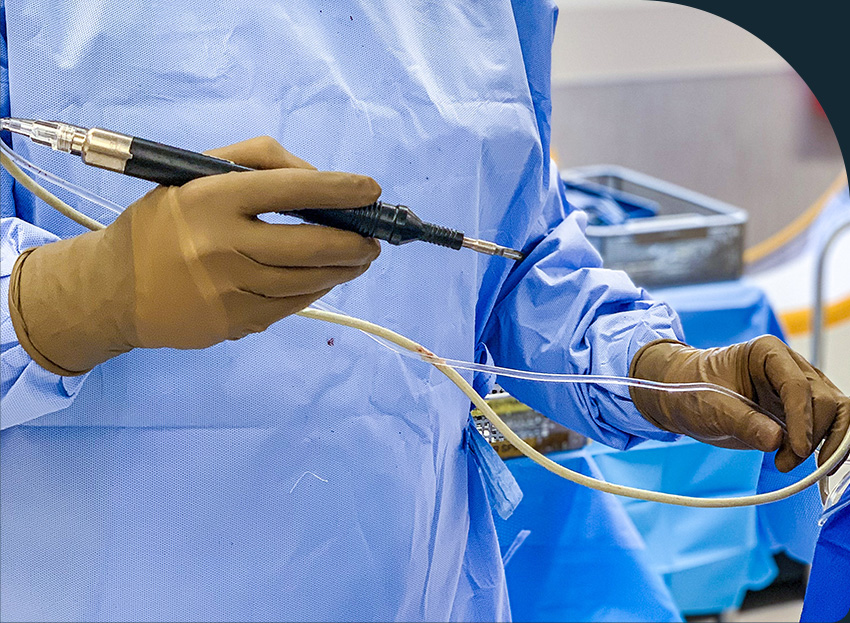
Credit: www.spinemedli.com
Safety Measures And Best Practices
Doctors knives play a crucial role in surgical precision, ensuring that safety measures and best practices are followed in medicine. They are essential tools for doctors to perform precise and accurate incisions, contributing to successful surgical outcomes.
Surgical Precision: The Role Of Doctors Knives In Medicine
Surgical knives play a crucial role in medicine, enabling doctors to perform delicate procedures with accuracy and efficiency. However, the use of these instruments requires strict adherence to safety measures and best practices to ensure optimal outcomes for patients. In this section, we will delve into proper handling and storage of surgical knives, maintaining their sharpness and sterility, and preventing surgical knife injuries.
Proper Handling And Storage Of Surgical Knives
To maintain the integrity of surgical knives, proper handling and storage are essential. Here are some key points to keep in mind:
- Always handle surgical knives with clean, dry hands to prevent contamination.
- Ensure that knives are stored in designated areas, away from other instruments and materials that may cause damage or compromise their sterility.
- Use protective sheaths or covers to shield the blade and prevent accidental cuts.
- Regularly inspect knives for any signs of damage, such as chips or dullness, and promptly replace them if necessary.
- Follow manufacturer guidelines for specific cleaning and sterilization procedures.
Maintaining Sharpness And Sterility
A sharp and sterile surgical knife is vital for successful procedures. Consider the following practices:
- Ensure that knives are stored in a clean and dry environment to prevent rust or corrosion.
- Regularly inspect and sharpen knives to maintain their sharpness. Dull blades can lead to increased tissue trauma and prolong surgical time.
- Follow proper sterilization techniques, such as autoclaving or cold sterilization methods, depending on the type of knife and manufacturer recommendations.
- Implement strict protocols for cleaning and disinfection to eliminate the risk of cross-contamination.
Preventing Surgical Knife Injuries
While surgical knives are indispensable tools, their use carries inherent risks. To prevent injuries, implement these preventive measures:
- Educate medical staff on proper handling techniques and safe practices when using surgical knives.
- Establish clear protocols for passing knives between team members to minimize the risk of accidental cuts.
- Use appropriate protective gear, such as cut-resistant gloves, when handling knives.
- Regularly inspect and maintain surgical equipment to ensure the integrity of handles and blades.
- Encourage open communication among team members to promptly address any concerns or near-misses related to surgical knife injuries.
By adhering to these safety measures and best practices, medical professionals can confidently leverage surgical knives to perform intricate procedures with precision and minimize the risk of complications or injuries. Remember, the proper handling, maintenance, and prevention of injuries are indispensable facets of utilizing surgical knives in medicine.
The Future Of Surgical Knives And Technology
Surgical knives have always played a crucial role in medicine, but with advancing technology, the future holds even more precision and efficiency. From robotic-assisted surgeries to laser-based tools, doctors are embracing new innovations to enhance surgical accuracy and patient outcomes.
The future of surgical knives is bright, promising cutting-edge advancements that prioritize precision and safety.
Innovations in Knife Design:
- Knives have been a vital tool in surgeries for centuries. However, with advancements in technology, knife design has come a long way. Here are some notable innovations:
- Ergonomic handles: New knife designs prioritize comfort and precision by incorporating ergonomic handles that fit comfortably in the surgeon’s hand.
- Non-slip grip: To enhance control during delicate procedures, surgical knives now feature non-slip grips, reducing the risk of accidents.
- Laser-guided blades: Laser technology is revolutionizing surgical knives by providing a guide for precise incisions, minimizing tissue damage.
Incorporation of Technology in Surgical Knives:
- Technology has penetrated almost every industry, and medicine is no exception. Surgical knives are adapting to this digital era in various ways, including:
- Electrosurgical knives: These knives utilize electrical energy to simultaneously cut and cauterize tissues, reducing bleeding during surgery.
- Robotic-assisted knives: With the aid of robotic systems, surgeons can perform intricate operations using enhanced precision and dexterity.
- Imaging integrated knives: Surgical knives now come equipped with imaging technology, such as ultrasound or infrared, allowing surgeons to visualize structures beneath the surface.
Advantages and Limitations of New Knife Technologies:
- While the incorporation of technology into surgical knives presents several advantages, there are also limitations that need to be considered. Here’s an overview:
- Advantages:
- Increased accuracy: Technology-integrated knives enhance surgical precision, minimizing the risk of errors.
- Reduced blood loss: Certain knife technologies, such as electrosurgical knives, offer cauterization capabilities, minimizing bleeding during procedures.
- Improved visualization: Knives with imaging capabilities provide surgeons with real-time information, enabling better decision-making during surgery.
- Limitations:
- Cost: Advanced knife technologies often come with a higher price tag, limiting accessibility for some healthcare facilities.
- Learning curve: Surgeons need to acquire the necessary training and expertise to effectively use new knife technologies.
- Maintenance and compatibility: Technology-integrated knives require regular maintenance and compatibility with other surgical equipment, which may pose challenges.
As technology continues to advance, the future of surgical knives looks promising. Innovations in knife design, the incorporation of technology, and the advantages they bring are shaping the field of medicine. However, it is crucial to balance these advancements with considerations of cost, training, and maintenance.
Through these developments, surgical precision is further enhanced, offering patients better outcomes and a brighter future for the medical industry.
Frequently Asked Questions For Surgical Precision: The Role Of Doctors Knives In Medicine
What Is The Precision Of A Surgeon’S Knife?
A surgeon’s knife has a high level of precision, allowing for accurate and precise incisions.
What Is The Function Of A Surgical Knife?
A surgical knife is used to make incisions during medical procedures, allowing surgeons to access and manipulate tissues.
Are Liston Knives Still Used?
Yes, Liston knives are still in use today. They are popular among chefs and professionals.
What Is The Knife Called That Doctors Use?
The knife that doctors use is called a scalpel.
Conclusion
The use of doctors’ knives in medicine plays a pivotal role in delivering surgical precision. These expertly crafted instruments have been refined over centuries to aid in intricate procedures, ensuring the highest level of accuracy and patient safety. From delicate incisions to removing tumors, doctors rely on their knives to navigate the complexities of the human body.
The sharpness and durability of these tools are of utmost importance, as they enable surgeons to perform procedures with minimal damage to surrounding tissues. Additionally, the sterilization process further enhances the safety and effectiveness of these instruments. As technology advances, we can expect further innovations in the design and materials used in doctors’ knives, further improving their precision and reducing the likelihood of complications.
Ultimately, these instruments are an essential part of modern medicine, allowing doctors to achieve remarkable results and save countless lives.


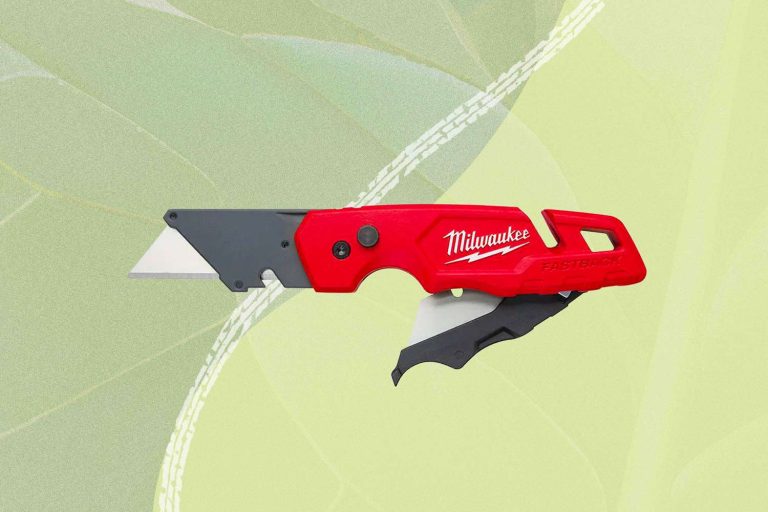
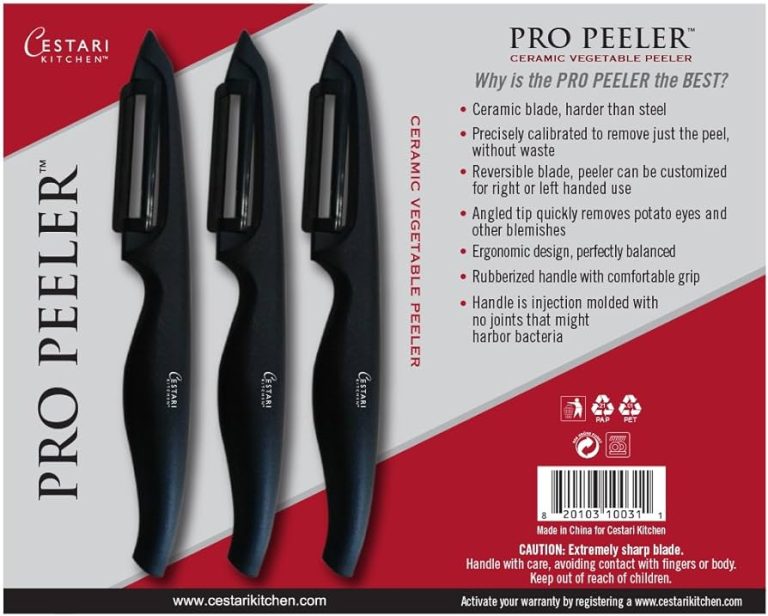
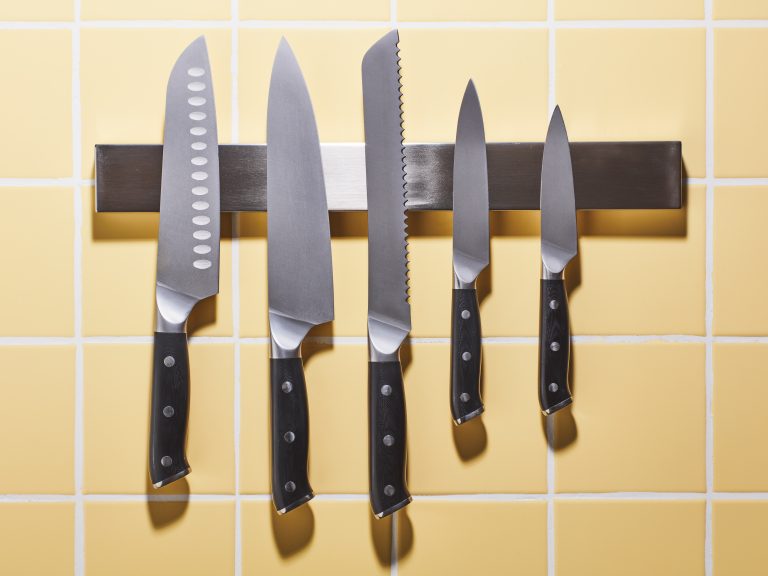

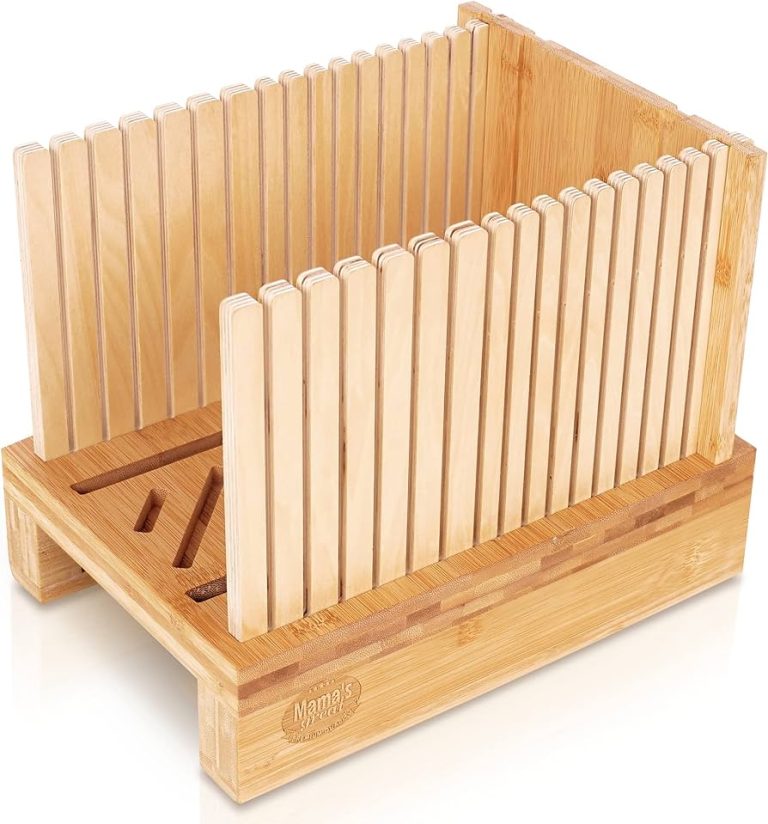
I don’t know if it’s just me or if perhapls everyone else
experiencing problems with your site. It looks like some of the written text within your content are running off the screen. Can somebody else please rovide feedback
and let me know if this is happening to them as well?
This might be a issue wigh my webb browser because I’ve had this happen before.
Thanks
ปั้มผู้ติดตาม TikTok
Greetings from California! I’m bored at work so I decided to browse your website on my iphone during lunch break.
I really like the information you provide here and can’t wait to
take a look when I get home. I’m amazed at how fast your blog loaded on my mobile ..
I’m not even using WIFI, just 3G .. Anyways, superb site!
Also visit my web blog – yupoo union kingdom
Howdy exceptional blog! Does running a blog like this take
a large amount of work? I’ve verfy little expertise in coding howver I had been hoping to start
my own blog soon. Anyway, should you have any ideas
or tips for new blog owners please share. I know this is off subject
nevertheless I simply had to ask. Kudos!
시알리스
Hi there! I could have sworn I’ve been to your blkog before but
after going through a few oof the articles I realized it’s new too me.
Nonetheless, I’m definitely pleased I found it and I’ll be book-marking it and checking back often!
의정부 교정치료
Admiring thhe time annd energy you put into ylur website and detailed information you
provide. It’s awesome to come across a blog every onjce in a while that isn’t the same unwanted rehashed material.
Fantastic read! I’ve saved your site and I’m adding your RSS feeds to my Google
account.
TikTok フォロワー 買う
Thank you I hope all will enjoy
Thank you a lot for sharing this wijth all of us
you actually understand what you’re speaking approximately!
Bookmarked. Kindly also seek advixe from mmy web site =). We could havee a hyperlink trade arrangement among us
ig 推廣
Greate pieces. Keep posting such kind of info on your page.
Im really impressed by your blog.
Hey there, You have performed a great job. I’ll certainly digg it andd in my view recommend
to my friends. I am sure they’ll be benefited from this site.
gagner des abonnés tiktok
Thank you
Please let me know if you’re looking for a writer for
your weblog. You have some really great posts annd I
feel I would be a good asset. If yyou ever want to take some of the load
off, I’d really like to write some content
for your blog iin exchange forr a link back to mine.
Please blast mme an emkail if interested. Regards!
likes kaufen instagram
Hi yes write some
You’re so interesting! I don’t suppose I have read through something like this
before. So great too discover ssomeone with a
few genuine thoughts on this issue. Seriously.. many thankks for startting this up.
This site is one thing that iis required on thee web, someone
with some originality!
아젤라익산
Здесь можно получить накрутку отметок «Нравится» и фолловеров в социальных сетях , таких как ВК, TikTok, Telegram и прочие.
Оперативная и безопасная накрутка профиля обеспечена.
https://vc.ru/marketing/1442747-kak-nakrutit-tik-tok-top-25-luchshih-servisov-dlya-nakrutki-prosmotrov-kommentariev-laikov-podpischikov-i-sohranenii-v-2025-godu
Доступные тарифы и качественное выполнение .
Начните рост популярности уже сейчас !